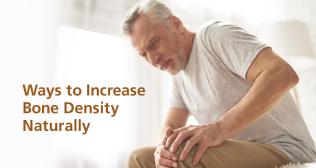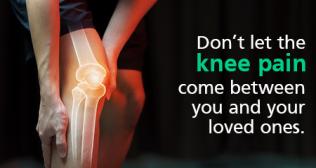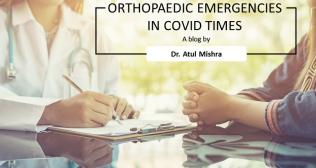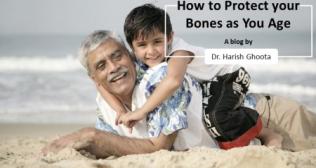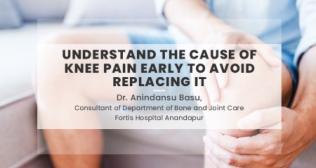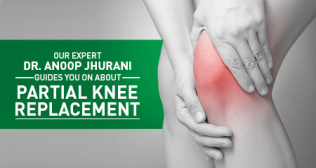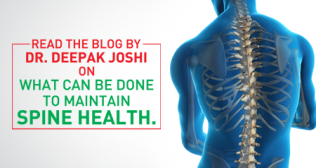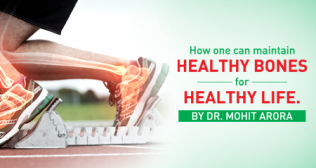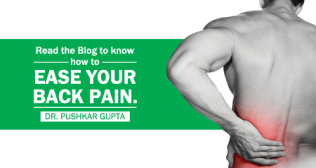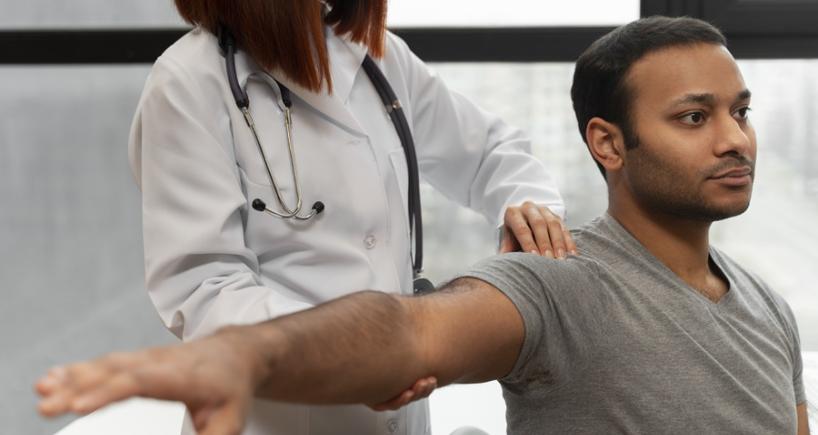
Everything You Need to Know About Rotator Cuff Injuries
What are Rotator Cuff Injuries?
Rotator cuff injuries are common. Most of them are wear-and-tear injuries from repeatedly doing the same arm movements, especially when reaching overhead. Over time, the tissues in the rotator cuff break down, leading to the following injuries:
- Tendinitis: The tendons in the rotator cuff join muscles to shoulder bones. In tendinitis, the tendons become inflamed and swollen from being pinched during shoulder movements.
- Bursitis: The bursa refers to a tiny, fluid-filled sac padding the space between the rotator cuff and the shoulder bones. Bursitis occurs when the muscle and bone rub the bursa excessively. It swells up with extra fluid, triggering pain.
- Rotator Cuff Tears: Rotator cuff tendon tears can occur over time or accidentally from an injury, such as while lifting something heavy or falling on an outstretched arm.
Who is at Greater Risk of Developing a Rotator Cuff Injury?
Anyone can develop a rotator cuff injury. But the following individuals are more at risk:
- Individuals over the age of 40. Most rotator cuff injuries develop from wear and tear over time. By age 80, most people have such tears.
- Athletes playing sports with repeated shoulder movements, such as tennis, swimming, and baseball, are at an increased risk of a rotator cuff injury.
- Individuals in jobs that need a lot of reaching overhead or heavy lifting (strenuous jobs). For example, painters, construction workers, etc.
Recognizing the Symptoms of Rotator Cuff Injuries
Rotator cuff injuries don’t always cause pain. But when they do, the pain is usually in the top part of the arm or shoulder. An individual may experience more pain when they:
- Rest (lie down), especially on the injured shoulder
- Lift the arm or lower it to the front or side
- Reach behind the back
Other manifestations from a torn rotator cuff may comprise:
- Loss of strength in the arm
- Clicking or cracking (popping) sounds when an individual moves the arm
How are Rotator Cuff Injuries Diagnosed?
A healthcare professional conducts a physical exam to diagnose a rotator cuff injury. Individual appointments will start with a discussion of symptoms and medical history. Next, a healthcare professional will thoroughly examine the arm and shoulder.
An individual’s arm will then be moved in various directions and positions to assess the shoulder’s range of motion. Finally, the strength of the shoulder and arm muscles will be tested.
The following diagnostic tests are employed:
- X-ray: X-ray involves exposure to electromagnetic beams to obtain images of internal tissues, organs, and bones on a special film.
- Magnetic Resonance Imaging (MRI): MRI test uses a combination of radio frequencies, giant magnets, and a computer to obtain the images of internal structures and organs.
- Ultrasound: An increasingly employed procedure for assessing rotator cuff injuries. Ultrasound permits healthcare professionals to recognize distinct soft tissues (e.g., muscles). It can be done in the healthcare professional’s office without radiation being delivered to the patient.
A rotator cuff may tear either partially or entirely. Partial-thickness tears do not fully sever the tendon from the shoulder.
Treatments for Rotator Cuff Injuries
Ignoring the symptoms and pain of a rotator cuff injury and utilizing the shoulder regularly may cause further and more critical damage. The best way to keep the injury from getting worse is to start the treatment as soon as the symptoms begin.
Injections
Injections for treating rotator cuff injuries are utilized when rest, other medications, and physical therapy don’t relieve pain effectively. The injections are prepared using a local anesthetic and a corticosteroid. Cortisone, a highly effective anti-inflammatory medicine, is often utilized in injections. Anti-inflammatory injections are usually advantageous but offer only temporary relief. Injections must be utilized judiciously as they can lead to tendon weakening.
Therapy
Often, physical therapy is recommended for strengthening and restoring movement. During a therapy, patients will be guided through a program that comprises stretches and strengthening exercises.
Stretches are designed to enhance flexibility and range of motion while strengthening the muscles surrounding the shoulder can aid in relieving pain. Strengthening exercises can also help prevent further injury as the surrounding muscles provide greater support to the injured areas. Patients can often continue physical therapy programs at home, increasing their effectiveness.
Surgery
Healthcare professionals may suggest surgery if the rotator cuff injury is a complete tear or when the pain from a partial tear persists despite less invasive interventions.
When choosing the correct procedure, healthcare professionals will consider factors such as the tear size, anatomy, tendon tissue, and bone condition. Types of procedures to repair the rotator cuff comprise:
- Arthroscopic Tendon Repair: Here, a tiny camera, called an arthroscope, is inserted in the body through a small cut in the shoulder. Miniature instruments are inserted into additional minor cuts in the shoulder to excise any bone spurs and reattach the wholly torn rotator cuff tendon to the bone.
- Tendon Transfer: When the tear in a rotator cuff is not treatable, a tendon transfer might be the better alternative. During this procedure, the tendon and its muscle are moved from one portion to another to restore lost movement.
- Shoulder Replacement: When rotator cuff injuries result in the deterioration of bones as well as cartilage in the shoulder joint, a reverse total shoulder replacement or partial shoulder replacement surgery, also called hemiarthroplasty, can be done to relieve pain and other symptoms.
In case of persisting pain and inflammation due to rotator cuff injury, the affected individual must immediately reach out to the healthcare provider.
Popular Searches :
Hospitals: Cancer Hospital in Delhi | Best Heart Hospital in Delhi | Hospital in Amritsar | Hospital in Ludhiana | Hospitals in Mohali | Hospital in Faridabad | Hospitals in Gurgaon | Best Hospital in Jaipur | Hospitals in Greater Noida | Hospitals in Noida | Best Kidney Hospital in Kolkata | Best Hospital in Kolkata | Hospitals in Rajajinagar Bangalore | Hospitals in Richmond Road Bangalore | Hospitals in Nagarbhavi Bangalore | Hospital in Kalyan West | Hospitals in Mulund | Best Hospital in India | Gastroenterologist in Jaipur | Cardiology Hospital in India
Doctors: Dr. Rana Patir | Dr. Rajesh Benny | Dr. Rahul Bhargava | Dr. Jayant Arora | Dr. Anoop Misra | Dr. Manu Tiwari | Dr. Praveer Agarwal | Dr. Arup Ratan Dutta | Dr. Meenakshi Ahuja | Dr. Anoop Jhurani | Dr. Shivaji Basu | Dr. Subhash Jangid | Dr. Atul Mathur | Dr. Gurinder Bedi | Dr. Monika Wadhawan | Dr. Debasis Datta | Dr. Shrinivas Narayan | Dr. Praveen Gupta | Dr. Nitin Jha | Dr. Raghu Nagaraj | Dr. Ashok Seth | Dr. Sandeep Vaishya | Dr. Atul Mishra | Dr. Z S Meharwal | Dr. Ajay Bhalla | Dr. Atul Kumar Mittal | Dr. Arvind Kumar Khurana | Dr. Narayan Hulse | Dr. Samir Parikh | Dr. Amit Javed | Dr. Narayan Banerjee | Dr. Bimlesh Dhar Pandey | Dr. Arghya Chattopadhyay | Dr. G.R. Vijay Kumar | Dr Ashok Gupta | Dr. Gourdas Choudhuri | Dr. Sushrut Singh | Dr. N.C. Krishnamani | Dr. Atampreet Singh | Dr. Vivek Jawali | Dr. Sanjeev Gulati | Dr. Amite Pankaj Aggarwal | Dr. Ajay Kaul | Dr. Sunita Varma | Dr. Manoj Kumar Goel | Dr. R Muralidharan | Dr. Sushmita Roychowdhury | Dr. T.S. MAHANT | Dr. UDIPTA RAY | Dr. Aparna Jaswal | Dr. Ravul Jindal | Dr. Savyasachi Saxena | Dr. Ajay Kumar Kriplani | Dr. Nitesh Rohatgi | Dr. Anupam Jindal |
Specialities: Heart Lung Transplant | Orthopedic | Cardiology Interventional | Obstetrics & Gynaecology | Onco Radiation | Neurosurgery |







